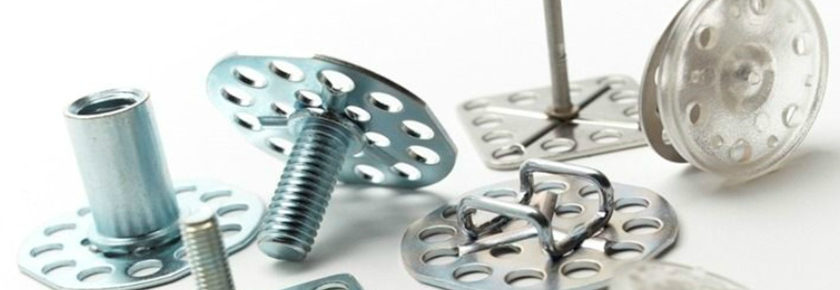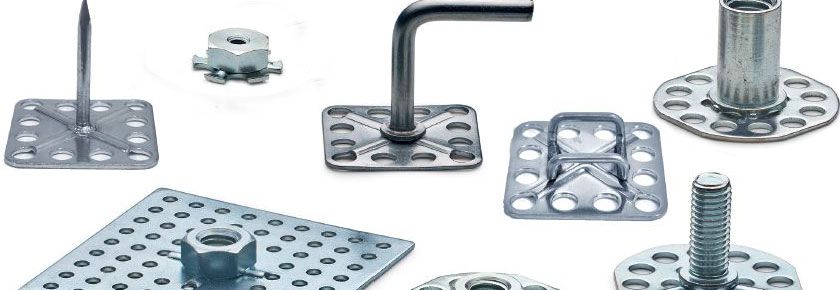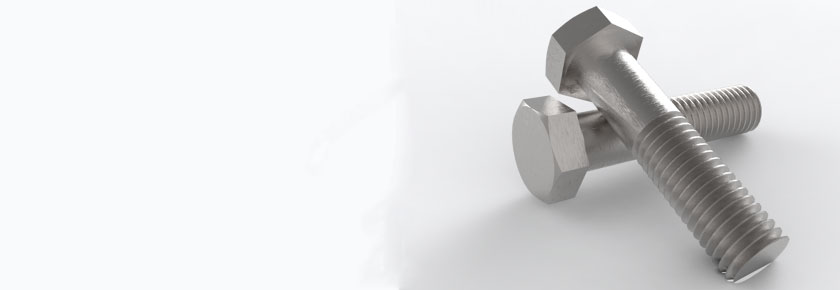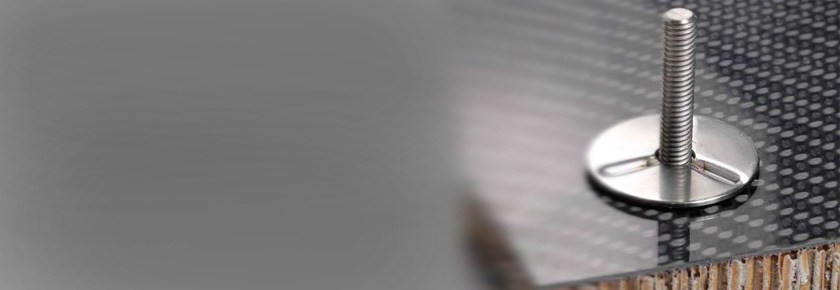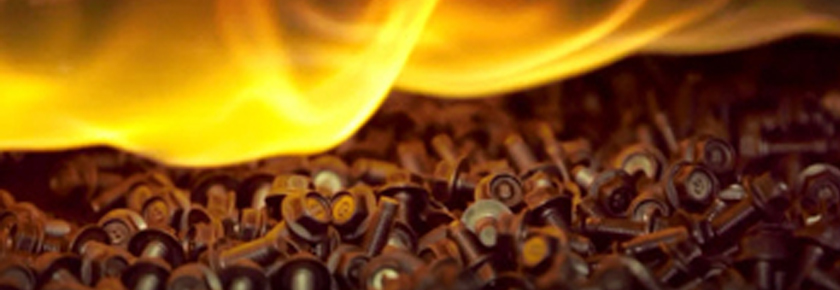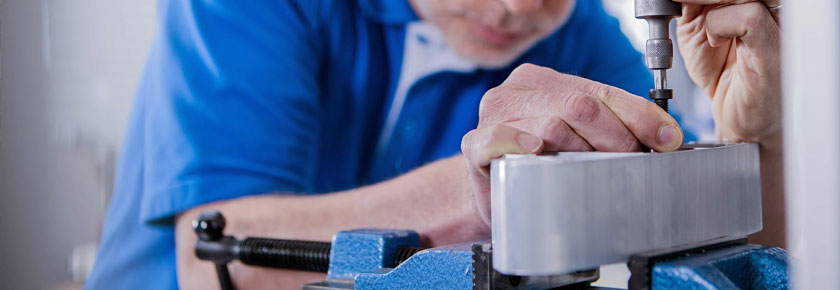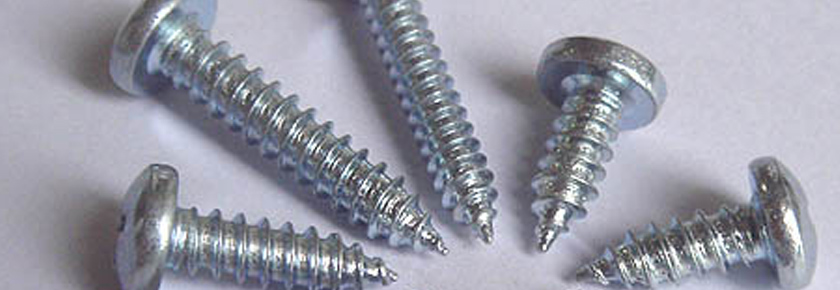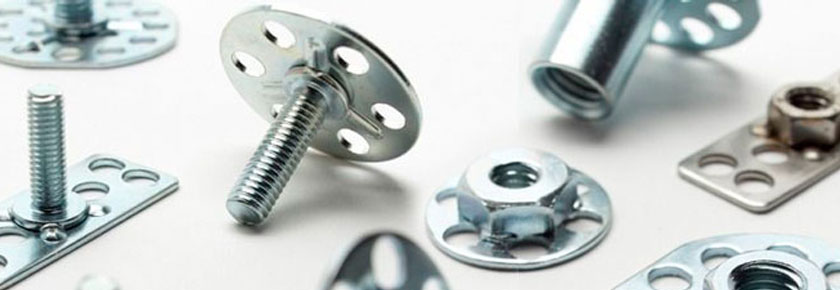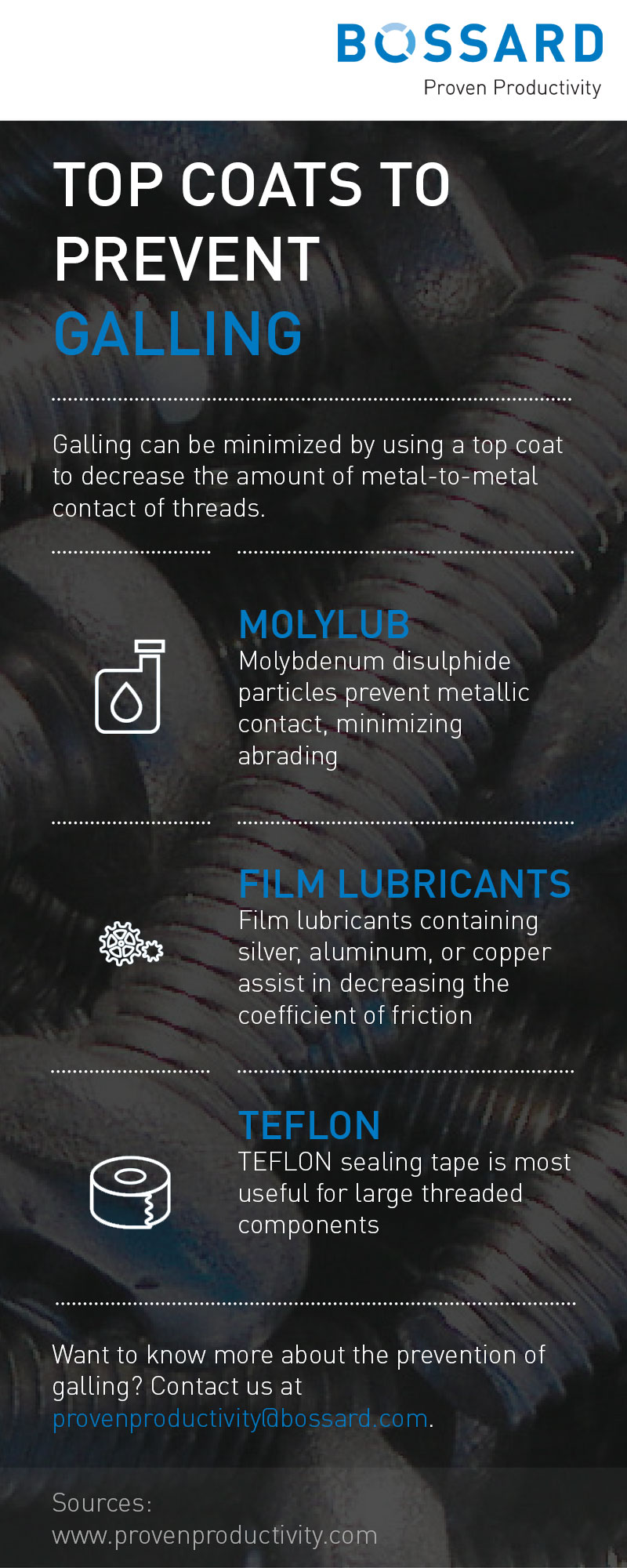Solving your fastening problems is what bigHead does. Whether it is a difficult project or an extreme environment, we can come up with fastening solutions tailored to your needs. That is what bigHead did for offshore wind turbine maintenance hatches.
Siemens nacelle suppliers approached bigHead with a fastening problem. They recently came up with a composite hatch to replace a steel panel for covering a maintenance hatch. The only problem with the composite hatch was fastening it with traditional bolt fixings. This was a challenge because two people were required to perform the operation—one inside and one outside the nacelle. That made the operation not only less safe, but more challenging and time consuming to perform.
However, bigHead and Siemens came up with a solution through prototyping and extreme testing to make sure the fastening solution could hold up under the harsh conditions that the offshore wind turbines endured.
The solution for these offshore wind turbines was surface bonding the 316 marine grade stainless steel bigHead to the outer skin of the nacelle and passing the threaded stud section through its composite structure. This means the panel can easily be secured or removed by one person from the interior of the structure. The bigHead’s large perforated head allows a generous flow of adhesive to firmly secure it in position and its outer surface includes an over-moulded insulation layer that safeguards the nacelle against lightning strikes.
bigHead and Siemens worked together to create the perfect fastening solution for a tough problem. bigHead has been manufacturing its distinctive and leading brand of discrete bonding fasteners for over 50 years and has extensive experience across a wide range of industries where formed and molded composite products require discrete and completely secure fixing. Applications range from carbon fiber panel fixing in specialist and luxury car production to building and construction, railway carriage construction, marine and boat building, and more.
Do you have a tough problem that needs a fastening solution? Reach out to us at ProvenProductivity@bossard.com and we can find your perfect solution or even develop one for you.

